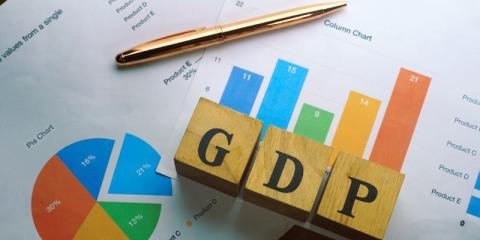The GDP of the former Soviet Union countries has been a topic of interest for many economists, politicians, and individuals alike. The economic performance of these countries is seen as an indicator of their growth and development.
In 2013, the GDP of the former Soviet Union countries was a mixed bag of growth and decline. This article will take a look at the GDP performance of these countries in 2013.
Russia, the largest country in the former Soviet Union, had a GDP of $2.1 trillion in 2013. This was a slight increase from the previous year, with the country's economy growing at a rate of 1.3%. Despite the economic sanctions imposed on Russia by western countries due to its annexation of Crimea, the country's economy managed to grow, albeit at a slower rate.
Kazakhstan, the second-largest economy in the former Soviet Union, had a GDP of $221.8 billion in 2013. The country's economy grew by 6% in the same year, primarily due to its natural resources such as oil and gas. The government of Kazakhstan had also implemented several measures to promote economic growth and development.
Ukraine, the third-largest economy in the former Soviet Union, had a GDP of $179.3 billion in 2013. However, the country's economy was in a state of decline, with a negative growth rate of -1.2%. This was due to a combination of factors, including political instability and corruption.
Belarus, with a GDP of $74.4 billion in 2013, had a growth rate of 1.5%. The country's economy was largely dependent on the manufacturing sector, with exports of goods such as tractors and heavy machinery.
Azerbaijan, with a GDP of $72.3 billion in 2013, had a growth rate of 5.8%. The country's economy was largely driven by its oil and gas resources, which accounted for a significant portion of the country's exports.
Armenia, with a GDP of $10.5 billion in 2013, had a growth rate of 3.5%. The country's economy was largely driven by its services sector, with the tourism industry playing a significant role.
Georgia, with a GDP of $15.8 billion in 2013, had a growth rate of 3.4%. The country's economy was largely driven by its services sector, with the tourism industry and foreign investment playing a significant role.
In conclusion, the GDP performance of the former Soviet Union countries in 2013 was a mixed bag of growth and decline. While some countries, such as Russia and Kazakhstan, experienced growth, others such as Ukraine were in a state of decline. It is important to note that the GDP of these countries is just one indicator of their economic performance and that other factors such as social and political stability should also be taken into consideration.
If you found this article informative, you can follow my Twitter profile @Reinis_Fischer for more updates and insights on economic and financial topics.

